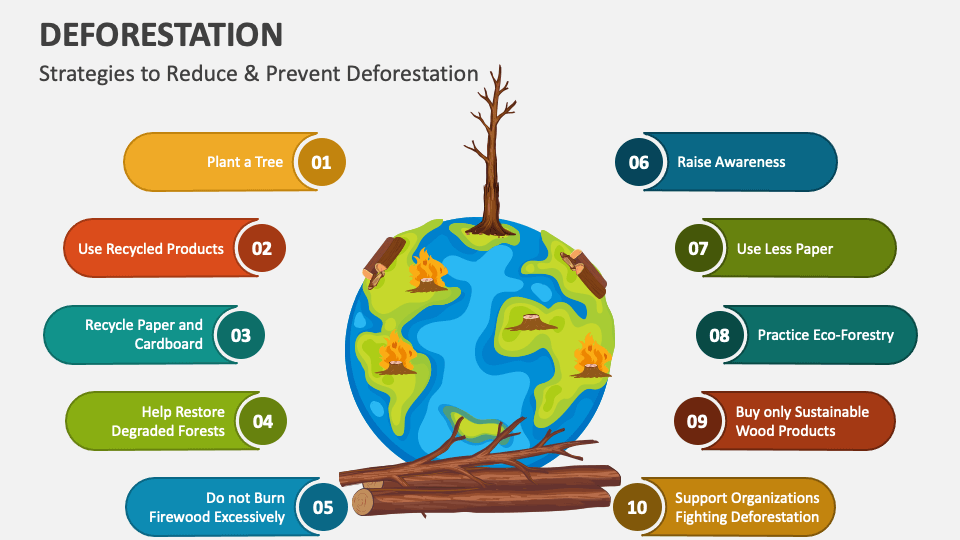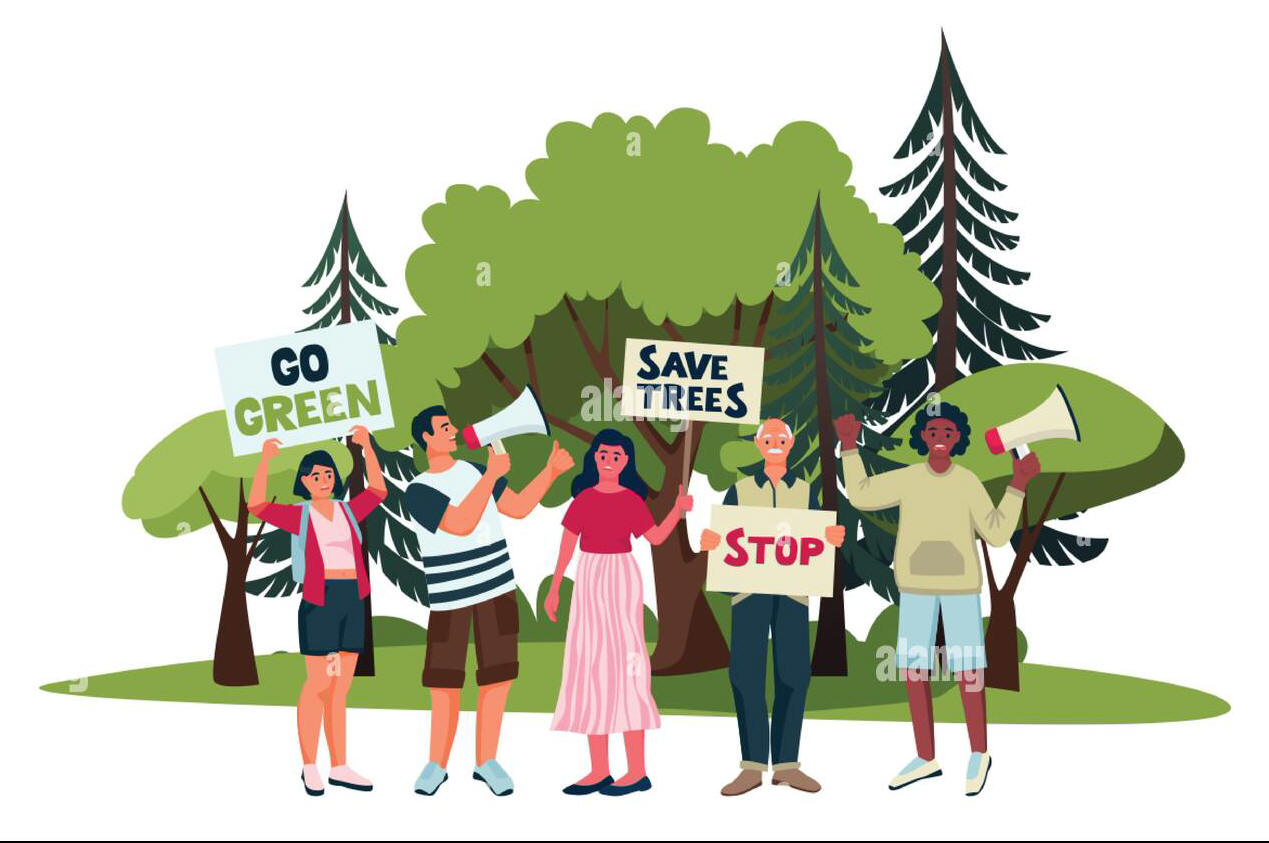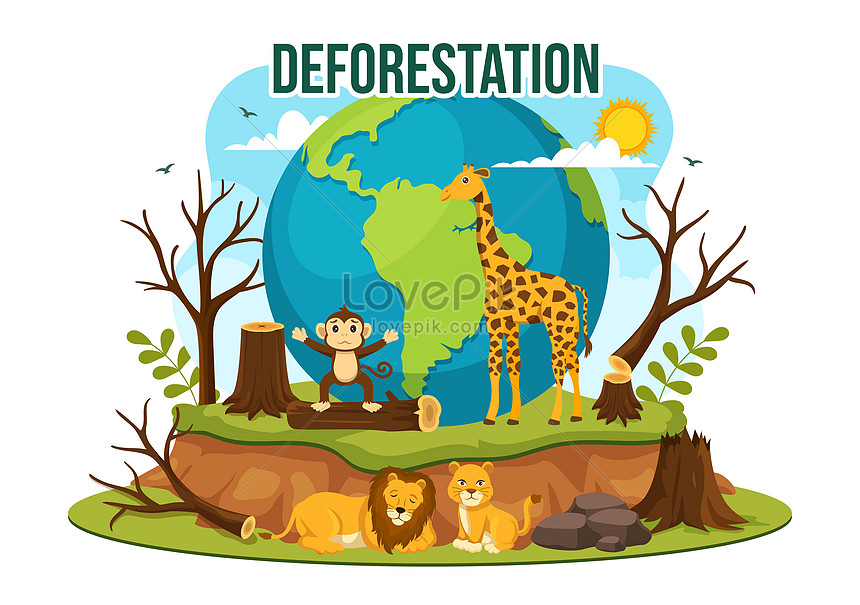Solutions

Deforestation poses a serious threat to ecosystems worldwide, but several strategies can help mitigate its effects. One approach is reforesting and afforesting, which involves planting trees in areas where forests have been lost and establishing new forests. These efforts restore ecosystems, increase biodiversity, and help absorb carbon dioxide from the atmosphere (Bensel, 2008).
Another critical solution is sustainable forest management, ensuring responsible use of forest resources. Selective logging and reducing logging impact help maintain forest health while meeting economic needs (Allen & Barnes, 1985). Similarly, agroforestry, which integrates trees into farmland, improves soil health, supports biodiversity, and provides farmers with additional income, ultimately reducing pressure on natural forests (Booze Herrera, 2014).
Legal and policy measures play a crucial role in conservation. Strengthening forest protection laws—such as regulating land clearing—can prevent extensive damage. For example, Australia's weakened land-clearing laws have increased bushfire risks and affected climate change efforts (Healey, 2020).
Economic incentives and community involvement are powerful tools for forest conservation. These strategies ensure that local communities have a stake in preserving forests. Some key approaches include
- Paying for ecosystem services, such as carbon credits, to encourage landowners to maintain forests sustainably.
- Supporting sustainable products, such as FSC-certified timber and paper, to reduce demand for unsustainable resources.
- Restoring degraded lands through soil conservation, replanting vegetation, and improving land management techniques.
Education and awareness also play an essential role. Informing the public about deforestation through educational programs, media campaigns, and advocacy efforts can inspire action at both individual and governmental levels.
 Finally,
research and innovation drive progress in forest
conservation. Advancements such as remote sensing for
deforestation tracking and the development of
sustainable agricultural practices help communities balance
economic growth and environmental protection.
Finally,
research and innovation drive progress in forest
conservation. Advancements such as remote sensing for
deforestation tracking and the development of
sustainable agricultural practices help communities balance
economic growth and environmental protection.
